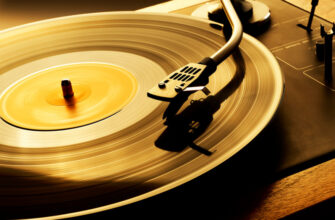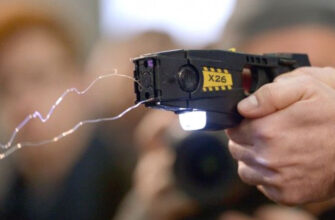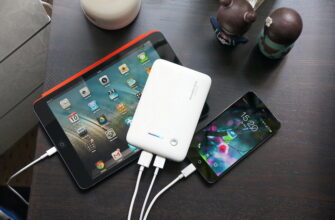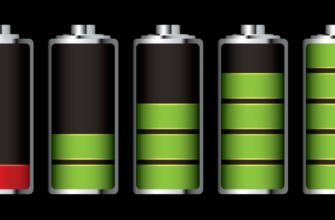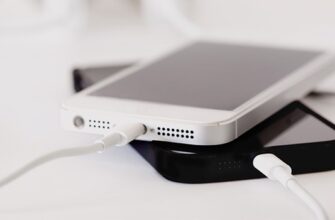When choosing a voice recorder, it is worth considering the planned use of the device. Then it will become clear which design or technical characteristics you should pay attention to in the first place.
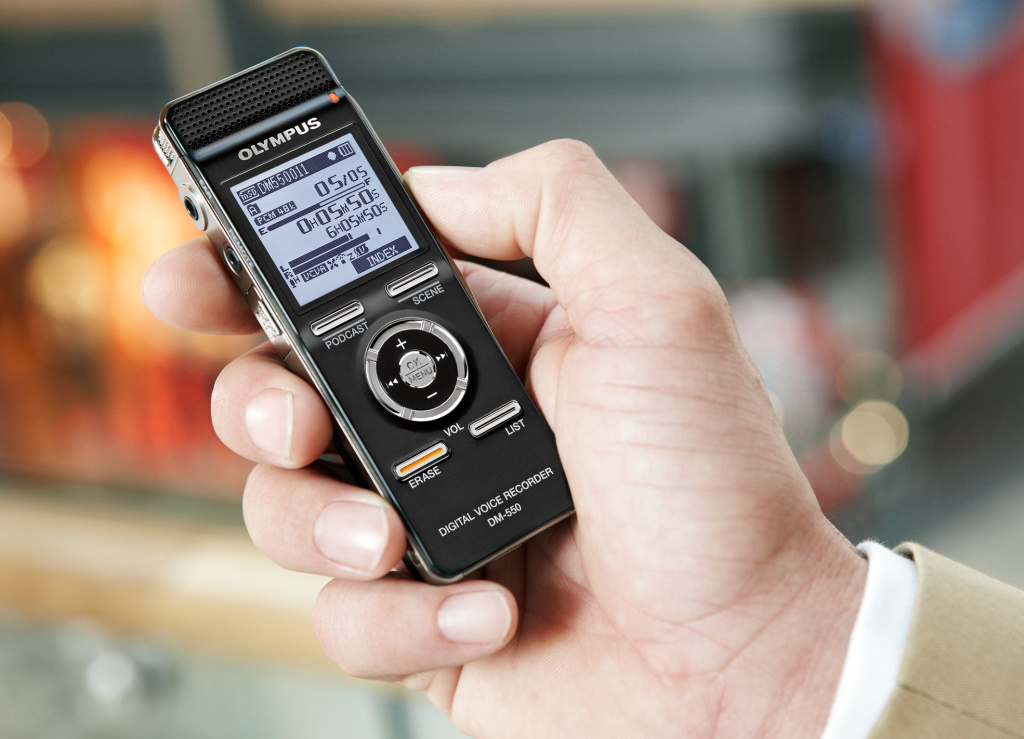
!
We recommend that you familiarize yourself with the rating of the best voice recorders according to experts.
- How to choose a voice recorder: basic criteria
- Types of voice recorders
- Musical recorders
- Semi-professional voice recorders
- Universal voice recorders
- The main criteria for choosing a voice recorder
- Battery life
- Recording format and capacity of built-in storage or memory cards
- Acoustic performance
- Voice recorder operating modes
- Additional features
- Choosing a voice recorder for lectures
- Choosing a voice recorder for hidden recording
- The best voice recorder manufacturers
How to choose a voice recorder: basic criteria
The main criteria when choosing a voice recorder are:
- Voice recorder type;
- Battery life;
- Recording format;
- Built-in storage capacity and a slot for memory cards;
- Acoustic performance;
- Operating modes of the device;
- Additional features.
- The manufacturer of the device is also important.
Types of voice recorders
There are no main structural differences between different types of voice recorders. However, they can still be classified by acoustics, number of microphones, etc. into three groups – ‘musical’, ‘semi-professional’ and ‘universal’.
Musical recorders
Musical recorders are distinguished by a large number of microphones (at least two of them for stereo recording), the presence of balanced line inputs, a parallel recording mode and other capabilities for the highest quality capture of vocals and instrumental parts.
Of course, music recorders are also of high sound quality. Therefore, they are equipped with a large internal storage and a memory card slot.
Semi-professional voice recorders
Semi-professional voice recorders are similar to musical ones, however, their acoustic characteristics may be worse or lower. They are equipped with two omnidirectional microphones for stereo recording, user-friendly interface, large storage capacity or support for high-capacity memory cards, as well as track markers and other additional features.
Such voice recorders are well suited for voice recording: lectures, business negotiations, interviews, etc. But due to their relatively high cost, they are unlikely to be suitable for aspiring students or journalists.
Universal voice recorders
Universal voice recorders are a good solution for voice recording. They can be equipped with both directional and omnidirectional microphones; convenient control system; built-in storage or support for memory cards, etc. The list of features and functions of the universal voice recorder is very wide and varied.
The main advantage of universal voice recorders is their relatively low price. They cost 2-3 times cheaper than semi-professional or musical ones, which makes them the best choice for students, aspiring journalists, performers, etc.
The main criteria for choosing a voice recorder
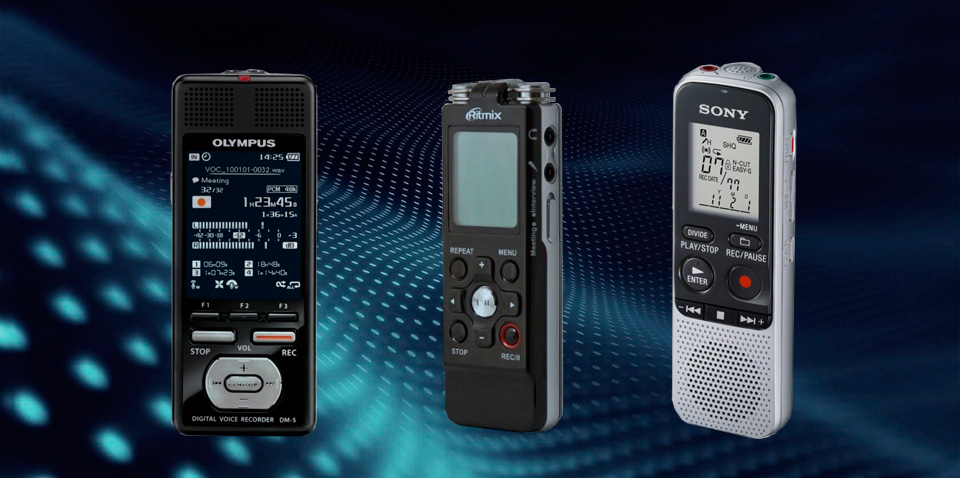
Battery life
The battery life of the recorder depends on the type of batteries, the type of the recorder and its acoustic parameters. Since virtually all such devices do not have an internal rechargeable battery, electricity is ‘drawn’ into them from plug-in AA or AAA batteries. It is extremely difficult to calculate the exact battery life from such batteries (it depends on the capacity, model, battery type, and other parameters), the approximate ‘survivability’ of the recorder is indicated by the manufacturer.
On average, voice recorders equipped with external batteries are capable of working 6-12 hours in recording mode. The exact value of the parameter also depends on the bitrate of the file being created. For example, MP3 320 kbps will consume more electricity than MP3 48 kbps.
It is worth distinguishing between battery life and maximum recording time. The second parameter depends on the capacity of the internal storage or the installed memory card, as well as the selected bit rate (quality). But the battery life is directly determined by the battery capacity and the current consumption of microphones and other structural elements of the recorder.
Recording format and capacity of built-in storage or memory cards
The ‘weight’ of the created file and the quality of ‘catching’ sounds depend on the recording format. Distinguish between compressed and uncompressed (lossless) formats.
- The most common compressed format used in voice recorders is MP3. It is distinguished by small file sizes and direct dependence of the recording quality on the set bitrate. At the same time, if you need to capture only speech (lectures, business negotiations, etc.), high quality is simply not needed – the speaker can be heard even at 8 kbps.
- To record audio, such as music performances or high quality speech, you need a voice recorder that supports uncompressed (lossless) formats. The most common is WMA. Files encoded in this format are very ‘heavy’. However, for post-production it is desirable to use it: MP3 does not tolerate any processing well.
- Of course, having chosen a voice recorder with support for uncompressed formats, it is recommended to make sure that it can work with large memory cards (16 GB or more) or is equipped with a similar internal storage. But for devices that only record to MP3, the amount of recording space is not so important. Small internal drives or 1-2 GB memory cards are enough.
- The ‘size’ of a file with a recording made in compressed format directly depends on the bitrate of this recording. The lower it is, the less space the file itself takes. For example, 1 hour of audio in MP3 320 kbps ‘weighs’ about 150-200 MB, and in 8 kbps it is already only 3-5 MB.
- But 8 kbps is too little. This bitrate is only suitable for recording speech and then from a directional microphone (and also without post-production). For a high-quality ‘capture’ of the voice of one speaker, you need at least 24 kbps, and better – from 48 kbps and more.
- If you plan to record conferences and other crowded events, you should choose a voice recorder with support for CD-quality recording – that is, MP3 with a bit rate of at least 256 kbps.
Acoustic performance
Among the acoustic characteristics, the most important for the dictaphone, which is planned to be used for speech recording, is the sensitivity. It can be indicated in decibels or meters.
- The decibel sensitivity is a ‘purely technical’ parameter. It indicates how loud speech the voice recorder’s microphone can pick up. The lower this parameter, the more sensitive the device is: it captures whispers, soft speech, or the words of a distant interlocutor. But there will also be quite a lot of ‘garbage sounds’ on the recording: from aspirations to the sound of a truck passing outside the window.
- Sensitivity in meters is a more user-friendly parameter. It shows the maximum distance to a person whose speech the device can pick up. The higher the sensitivity, the better the recorder is suitable for recording lectures, business negotiations and similar events, where the distance to the speaker can be quite large.
- For dictaphones that are planned to be used for recording music or similar ‘dense’ audio, the signal-to-noise ratio also matters. Noise is the internal sound distortion of the recorder, caused, for example, by a flaw in the design or the materials used. The higher the signal-to-noise ratio, the cleaner the recording is.
- The signal-to-noise ratio can be indicated by the SNR parameter. In this case, it is measured in decibels and denotes the excess of the volume of the wanted signal over the volume of the parasitic noise. For high-quality recording, SNR up to 60 dB is enough, and for very high-quality (for example, music or voice for subsequent processing) – already 60-100 dB.
Voice recorder operating modes
By default, the recorder picks up almost all surrounding sounds. This increases the density of the recording and may generate unnecessary noise. To improve the sound quality, manufacturers can add additional modes of operation that provide the clearest acoustic picture.
The most common modes of operation are:
- Voice activation. In this mode, the recorder automatically turns on and off the recording, depending on whether the interlocutor speaks or not. This is very convenient, since there are no moments of silence in the final track, however, on budget devices, the voice activation mode may be triggered with a delay, and some of the speaker’s words are simply ‘lost’;
- Interview mode. In it, the recorder ‘cuts off’ parasitic noises on the recording and increases the clarity of the voice. The intonations, however, are preserved;
- Street mode. In it, the recorder ‘cuts off’ everything that does not look like a voice. In this case, intonations are lost, but the interlocutor is heard much better.
It is desirable that these modes are customizable. Those. it was possible to independently set the threshold for switching on or off during voice activation or the level of parasitic noise in the ‘Street’ and ‘Interview’. Then the recording quality will be maximum.
Additional features
Additional features that will be useful in various cases include:
- Connecting an optional external microphone. Suitable for recording speech as clearly as possible, multi-channel recording (for example, musical performances), recording interviews or business conferences;
- Automatic gain. In this mode, the voice recorder automatically decreases or increases the volume of the speech on the recording. Suitable for ‘capturing’ speech, but not music;
- Built-in speaker. You can listen to the recordings directly from the voice recorder;
- Stereo recording. Useful when using two microphones and recording interviews or music to create ‘surround sound’;
- USB powered. Useful for long recordings. Allows you to power the recorder from a power bank or a network adapter;
- USB connection to a computer. You can do without card readers;
- Adjustment of recording direction. A very useful function if you plan to record interviews, business negotiations, conferences and similar events in which several people participate;
- Adapter for connecting to the phone. Records calls.
It is worth choosing a voice recorder equipped with additional functions if they are needed.
Choosing a voice recorder for lectures
When choosing a voice recorder for recording lectures, you should pay attention to the following parameters:
- Microphone directivity. Useful for recording in noisy classrooms – then the lecturer’s voice will be heard as clearly as possible on the finished audio file;
- Sensitivity. If the recorder will be placed far from the lecturer, it should be high (both in dB and in meters);
- Battery life. For students, it is recommended to choose voice recorders with a built-in rechargeable battery, since a set of batteries will last for 1-3 days of continuous recording;
- The capacity of the internal storage or memory card. For high-quality recording, it must be over 4-8 GB in order to fit the collected audio files at least for a week of everyday use;
- Type – ‘semi-professional’ or ‘universal’. Due to the peculiar acoustical scene and directivity of microphones, musical voice recorders are of little use.
- Of course, the budget is also important.
Choosing a voice recorder for hidden recording
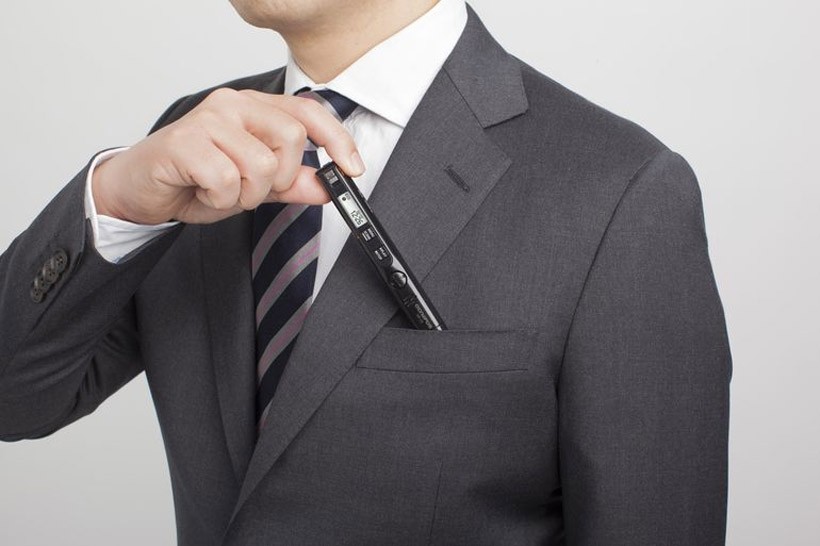
Before choosing a dictaphone for hidden recording, it is worth considering that audio files are only material evidence in court if the interlocutor is informed that his speech can be recorded. In addition, the voice recorder itself must support the application of authenticity marks, which show that the audio file has not been altered or modified.
When choosing a voice recorder for hidden recording, you should pay attention to the following parameters:
- The presence of a jack for connecting an external microphone. This will allow you to place the ‘buttonhole’ somewhere under your clothes, and hide the recorder in the inner pockets;
- Microphone sensitivity. It should be tall;
- Recording quality. It is desirable that it be a lossless recording, but if it is impossible – MP3 with a high bit rate.
- And, of course, you should pay attention to the dimensions of the device itself. The smaller they are, the easier it is to hide it.
The best voice recorder manufacturers
Among the manufacturers of voice recorders are:
- Zoom. One of the best manufacturers of music, professional and business voice recorders;
- Tascam. Produces mainly musical voice recorders;
- Edic-Mini. Russian brand, produces universal voice recorders. The main plus is the presence of authenticity marks on the records;
- Sony. Known for their quality music devices. Dictaphones belong to the middle price segment, but they are of high quality;
- Olympus. High-quality voice recorders of an average price category.
- Ritmix is the leader in the budget segment. However, she has both high-quality and relatively ‘average’ models even for their price.
In the following articles, our experts will tell you how to choose a quadrocopter, the secrets of choosing an MP3 player and the main factors in choosing an inexpensive phone.


